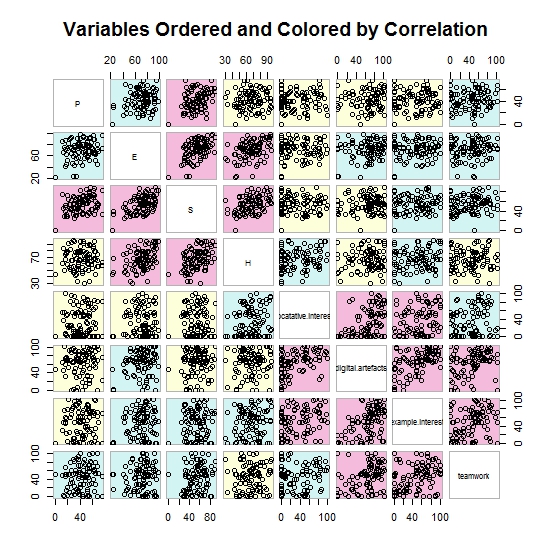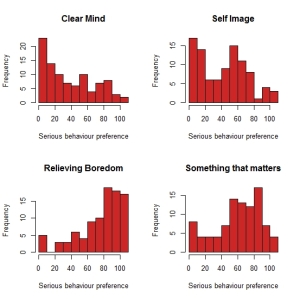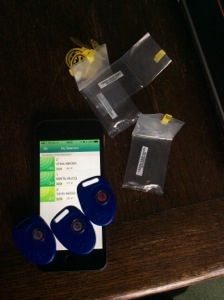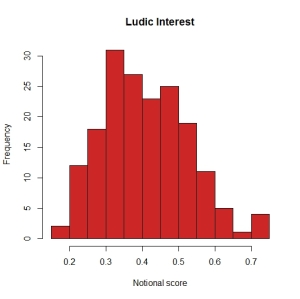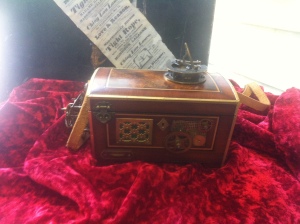
Engines of Emotion
This is the text of my short presentation today:
This is my first presentation to this forum, so by way of introduction, let me explain that I’m interested in the power that video (or computer) games have, to tell stories in virtual (though ever more realistic) spaces. I want to explore what we can learn from games, as interpreters and storytellers of cultural heritage about telling emotionally engaging stories in the spaces that we look after.
Continue reading →




